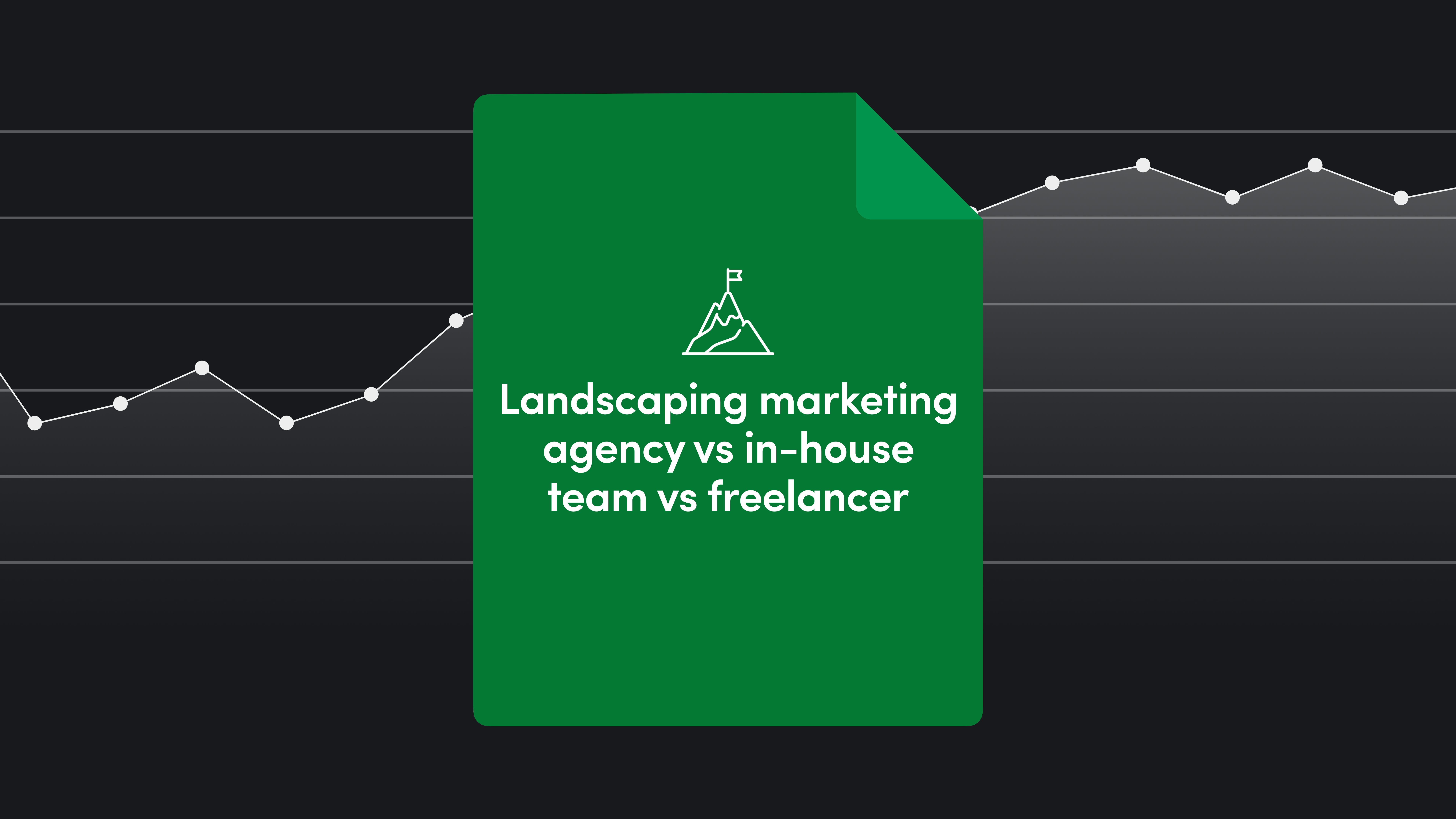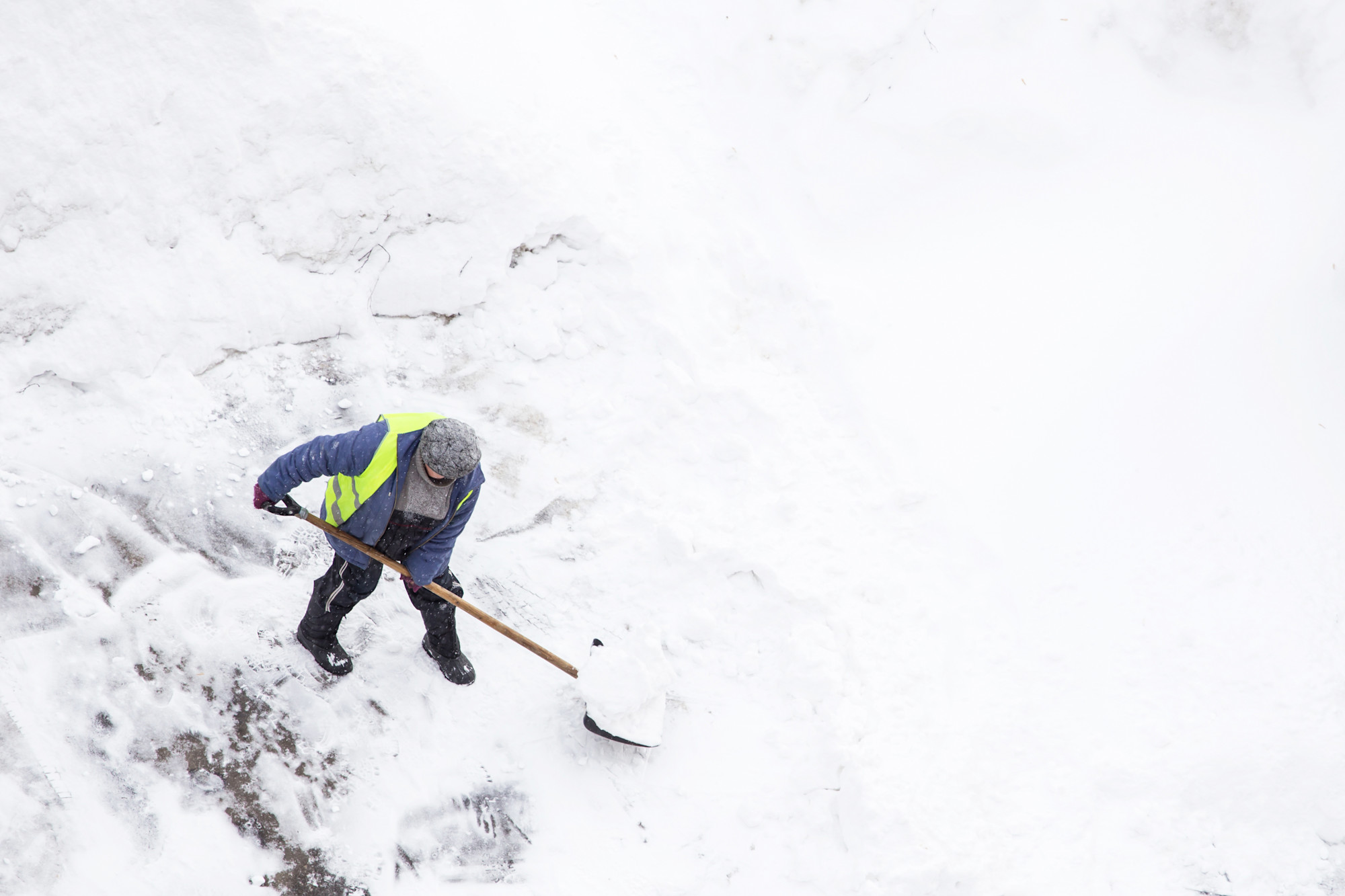Table of Contents
Since the start of the COVID-19 pandemic, the cleaning and disinfection services industry has stretched far beyond commercial cleaning businesses. The residential cleaning sector has grown immensely due to the increased awareness of personal cleaning habits. Yet, the public’s growing interest in the hygiene industry hasn’t all come as a complete benefit to the cleaning services industry.
A survey conducted with consumers in 2021 found that 47% of respondents felt they had to supply themselves with additional cleaning products for their work environment.
The survey discovered that 73% of respondents with physical location jobs have had to take on additional office cleaning responsibilities in the workplace in one way or another.
Additional insights into cleaning trends in office buildings from the survey found that:
57% of people have been entrusted with cleaning and sanitizing their own workspace
27% have been tasked with sanitizing a shared workspace
17% have been asked to sanitize an area where the general public may be
What this means for the growth of janitorial companies is two-fold:
1st - Demand for proper and professional sanitation services is growing immensely.
2nd - The janitorial industry is now, more than ever, competing with its own customers for proper cleaning supplies.
Demand vs. supply trends
The global market for household cleaning products is projected to grow to $334.16 billion in 2029.
In 2021, the value of the market was just 235.76 billion, rising 5% in 2022. That sharp incline in revenue growth is a trend that could see the momentum continue in 2023 and beyond. This demand is a promising trend for those hoping to tap into the value of cleaning jobs in the residential markets, but it doesn’t reflect the full weight of an increasing challenge.
The market size, measured by revenue, of the Janitorial Equipment Supply Wholesaling industry is predicted to decline -0.4% in 2023.
This lines up with the ongoing decline in growth in the wholesale sector of commercial cleaner supply businesses. While this may not signify a further reduction in resources, it does emphasize a lack of confidence by key players in the cleaning industry in wholesale purchase orders.
But before 2019, the market was in line with a steady yearly growth average of around 3%.
This does raise concerns about the effects the COVID-19 pandemic had on the industry of janitorial supply chains and vendors. Even though the pandemic’s impact on global supply chains has begun to loosen in most industries, janitorial wholesale suppliers remain in a downward slump.
By 2029, the janitorial wholesale supply market is forecasted to reach a decade-low value of just under $17 billion, a whopping 40% decrease in growth rate from its decade-high value of $28 billion just five years ago.
The steep decline in wholesale supply is a challenge that all growing commercial cleaning service companies must prepare for in 2023 and beyond–but it should not deter growth goals.
According to a research report by ISSA, the demand for janitorial equipment is expected to rise 15% annually by 2023.
The number of janitorial service businesses in North America has increased by 20% since 2019. With high demand and a skyrocketing growth rate from household consumers and commercial companies, it makes sense that demand would rise at a challenging pace. While that does affect costs and overall expenses for janitorial services, it also allows strategic companies to get ahead of the competition.
Green cleaning solution trends
With supply chain issues arising and demand on the steady uptick, many businesses and consumers alike have shifted their focus to sustainability. Sustainability offers solutions to rising expenses for commercial cleaning companies. More sustainable products mean fewer restocks, orders, and risks of counting on supply chain stability.
For modern consumers, sustainability also avoids the risk of paying extra in costs during supply shortages, offering a degree of comfort in the quality of their cleaning solutions.
Market research shows about 40% of U.S. shoppers prioritized purchasing eco-friendly cleaning solutions in 2021.
Shoppers who prioritized eco-friendly products in 2021, by product type (based on respondents from Statista survey):
Food (50%)
Cleaning supplies (39%)
Clothing (33%)
Water bottles (33%)
Kitchen products (24%)
Makeup (23%)
Home appliances (21%)
Shoes, handbags, and jewelry (19%)
The increased awareness of sanitation in the public and private sectors has also led consumers to invest in the quality of the disinfectant supplies they use. Lacking knowledge and skills about proper sanitation, many consumers trust green cleaning supplies as their go-to household cleaning solution.
For a growth-focused janitorial company, using green cleaning solutions doesn’t just save costs but represents a consumer-trend opportunity that can help win over more clients.
The Global Household Green Cleaning Products Market was recorded at $278.52 billion in 2022.
At a growth rate of around 7%, the green cleaning supply market for house cleaning is expected to reach $494.96 billion in value within the forecast period from 2020 to 2030. This starkly contrasts with the current growth of the wholesale supply market for janitorial services.
Key companies making strides in the green cleaning supply industry include:
Tap into cost-saving trends today
Proper management of costs and expenses is quickly becoming one of the primary game changers in the janitorial industry in 2023. Companies that cannot follow industry trends and properly track, manage, and cut down on costs will lose momentum fueled by the industry's surging growth rate.
Business management software dramatically helps businesses track and evaluate their costs.
One out of every four facility managers in the commercial building space was outsourcing their cleaning services in 2019.
Similarly, since 2018, 14% more facility managers are claiming to outsource their cleaning service needs, lining up with a year-to-year trend of 3% fewer businesses claiming outsourcing is not an option.
With access to management tools that allow you to streamline, scale, and manage your growing operations, any janitorial business owner can quickly tap into this rise in outsourcing. Subcontractor hiring has increased in popularity throughout the commercial cleaning industry and is a viable strategy for quickly expanding serviceable regions for your business.
Around 37% of all private-sector janitors in 2022 were subcontractor hires.
Aspire’s cloud-based janitorial business software provides a suite of automation and efficiency-driven features to enable property management businesses to expand their market share in various cleaning services.
See it in action! Learn how Aspire's platform powers ServiceMaster Clean’s growth.










